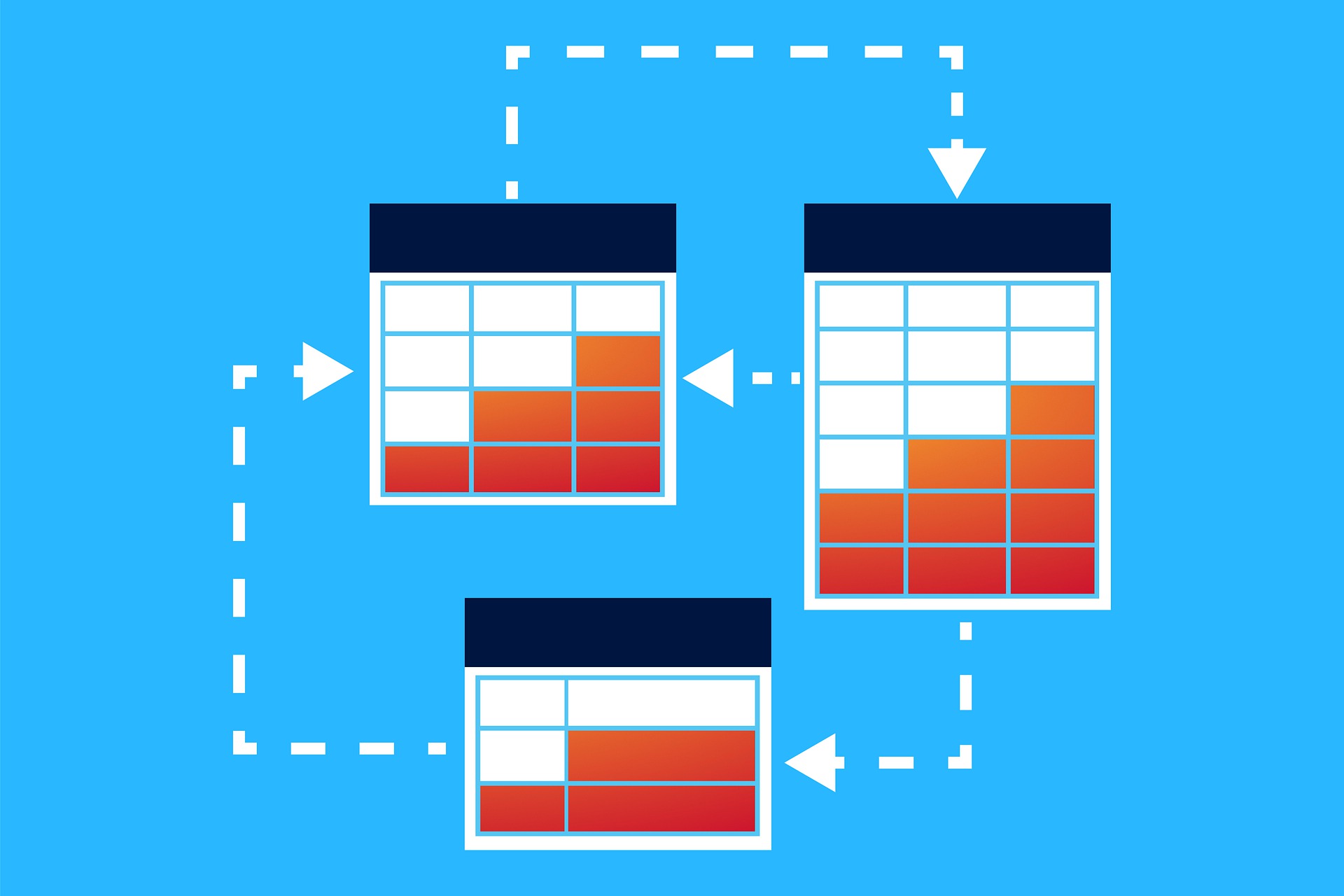In Part 1 of our series on Automation Events and Workflows, we covered the basics of Captivated’s Automation Events, specifically the use of Events and Actions. In this post, we’ll dive into the world of Workflows.
Workflows
While some of you are geeking out already, it’s possible that many readers are already feeling a little overwhelmed. After all, “workflows” sound like “work.” To the contrary, implementing Captivated’s Workflows reduces manual work, saves time, and increases efficiency — for both your customer and your internal operational processes.
In Captivated, Workflows introduce the ability for conversations to be in customizable “states”. Just as Events and Actions were key to getting the most out of Automation Events, states are key to getting the most out of Workflows.
States
By default, Captivated only tracks two states of a conversation: it is either “active” or “complete”. Workflows allow you to go beyond these and attach your organization’s own unique states. For example, a hotel may have states as simple as “Checked In” and “Checked Out”, while an automotive service center may have many more states: the vehicle is “checked in,” the vehicle is “being inspected,” “awaiting approval” by the customer, “In process” of completing the work, etc.
Tracking these isolated states of your organization’s processes may not be all that necessary or exciting. But what makes Captivated’s Workflows so powerful is that they work with Automation Events to provide simple, streamlined, and consistent processes for your users.
But what makes Captivated’s Workflows so powerful is that they work with Automation Events to provide simple, streamlined, and consistent processes for your users.
Let’s take a simple example of a customer survey after a service is completed. Let’s give this Workflow a title and call it “Customer Survey”. Here’s one potential scenario for how the “Customer Survey” Workflow might … well, work:
- A user initiates the Workflow, which immediately sends a message asking the client if they would take a survey with the options YES or NO.
- If the client responds YES, you ask him or her to rate their experience from 1 to 5.
- If they respond with a 4 or 5, you send a “thank you” message and wrap up the conversation.
- If they respond with rating less than a 4, you might want to automatically invite the supervisor into the conversation and then ask the client a follow-up question about what went wrong.
Getting Started
Your Workflows can be as simple or elaborate as your business processes require. Either way, we recommend you start by designing your Workflows on paper. Think through all the different states and what causes the workflow to transition from one state to another. Consider all the possible events and all the desired actions. You might even build a flowchart to document how your Workflows … well, work (we used that joke already, didn’t we?). In short, understanding the states and how they relate to one another ahead of time will make it much simpler to then build into Captivated.
In Captivated, the Workflow will be for our “Customer Survey” looks like this …
- STATE: “Initial Question”
- EVENT: When the state is entered:
- ACTION: Send a message: “Hi {{salutation}}! Thank you for your recent visit. Would you take 30 seconds to answer a survey about your experience? Please respond YES or NO.
- ACTION: Send a message: “Hi {{salutation}}! Thank you for your recent visit. Would you take 30 seconds to answer a survey about your experience? Please respond YES or NO.
- EVENT: When a message is received with the text “YES”:
- ACTION: Transition to “Start Survey”
- ACTION: Transition to “Start Survey”
- EVENT: When a messages is received with the text “NO”:
- ACTION: Send a message: “Okay, thanks again and have a great day!”
- ACTION: End the workflow “Customer Survey”
- EVENT: When the state is entered:
- STATE: “Start Survey”
- EVENT: When the state is entered:
- ACTION: Send a message: “Thanks! On a scale of 1 to 5, how would you rate your experience?”
- ACTION: Send a message: “Thanks! On a scale of 1 to 5, how would you rate your experience?”
- EVENT: When a message is received with the text “4” or “5”:
- ACTION: Send a message: “Thank you, glad you had a good experience. Have a great day!”
- ACTION: End the workflow “Customer Survey”
- EVENT: When a message is received with the text “1” or “2” or “3”:
- ACTION: Transition to state: “Low Score”
- ACTION: Transition to state: “Low Score”
- EVENT: When the state is entered:
- STATE: “Low Score”
- EVENT: When the state is entered:
- ACTION: Invite the manager Bill Smith to the conversation.
- ACTION: Send a message: “We’re sorry you didn’t have a more positive experience. Would you mind sharing your experience, and hopefully we can help make things better?”
- EVENT: When the state is entered:
Obviously, this is just one small example, and the same Workflow can be written in many different ways. For example, we can have a state called “High Score” that the conversation will transition to on a “4” or “5” response, which will perform the same actions listed above when the state is entered. No implementation is right or wrong, it’s just a matter of personal preference.
No implementation is right or wrong, it’s just a matter of personal preference.
With this implementation in mind, you can see how much extra horsepower Automation Events can bring when within the context of a state (Workflow). In the above example, we are only listening to YES and NO responses when the conversation is in that specific state. This allows you to have other workflow states with YES/NO questions, or a contact simply replying “YES” or “NO” while in conversation, without worrying about the wrong action getting triggered.
Filters
Often, there may be a number of ongoing conversation threads in various Stages of a Workflow. This is when conversation Filters become powerful. Use the “Advanced Search” option to create and save custom searches that can serve to filter conversations to your particular Stage of interest. All saved searches can be found and edited under “My Saved Searches.”
Workflow State Buttons
One of the most powerful features of Captivated’s Workflow is that you can program a button (or series of buttons) to appear within a specific State when a manual action must be taken. Clicking a button is simply counted as an Event in your Workflow.
For example, let’s say an automotive service center has a full Workflow for their process. They may start the Automotive Service workflow when a customer checks in, but service representatives need to manually transition the workflow when the service on the vehicle starts and completes. A workflow can be set up so that the representative just needs to click buttons such as “Vehicle Service Started,” “Inspection Complete,” and “Service Complete”. These actions can transition to the next states — and even send messages to the customer!
This streamlines the entire process and ensures the right steps are being followed and that the right communication is occurring.
The possibilities with Automation Events and Workflows are endless! If you have an idea of something you’d like to accomplish, start a conversation with us! It’s how we bring innovative ideas to life for so many businesses nationwide.



